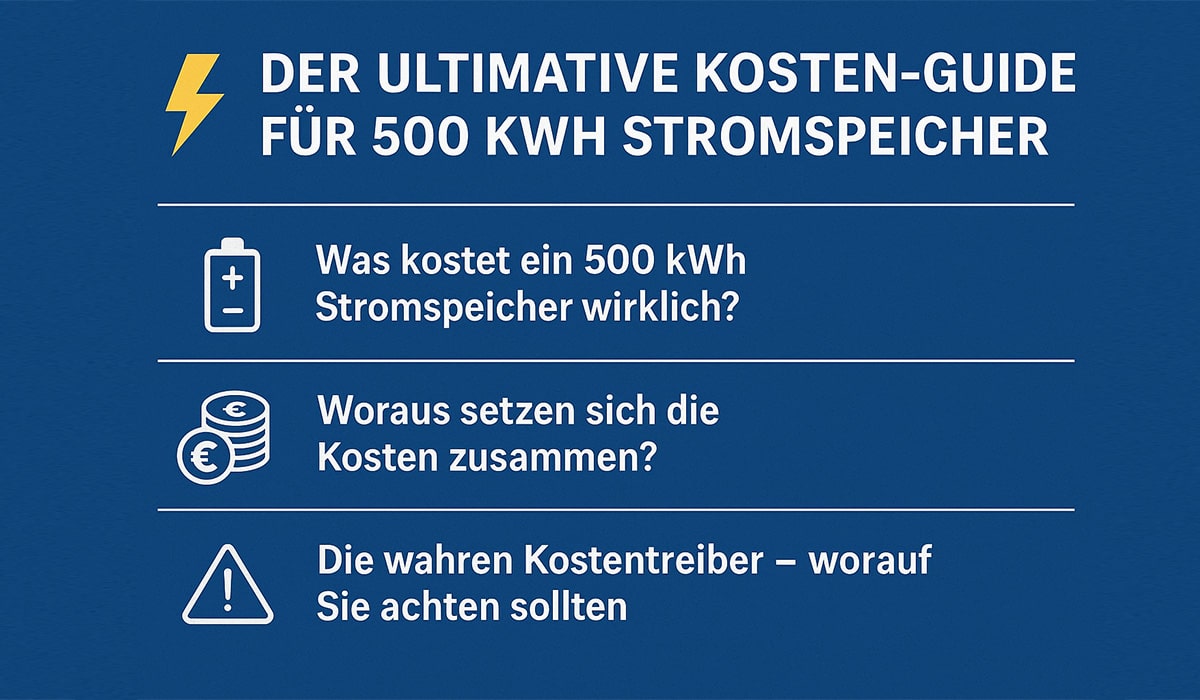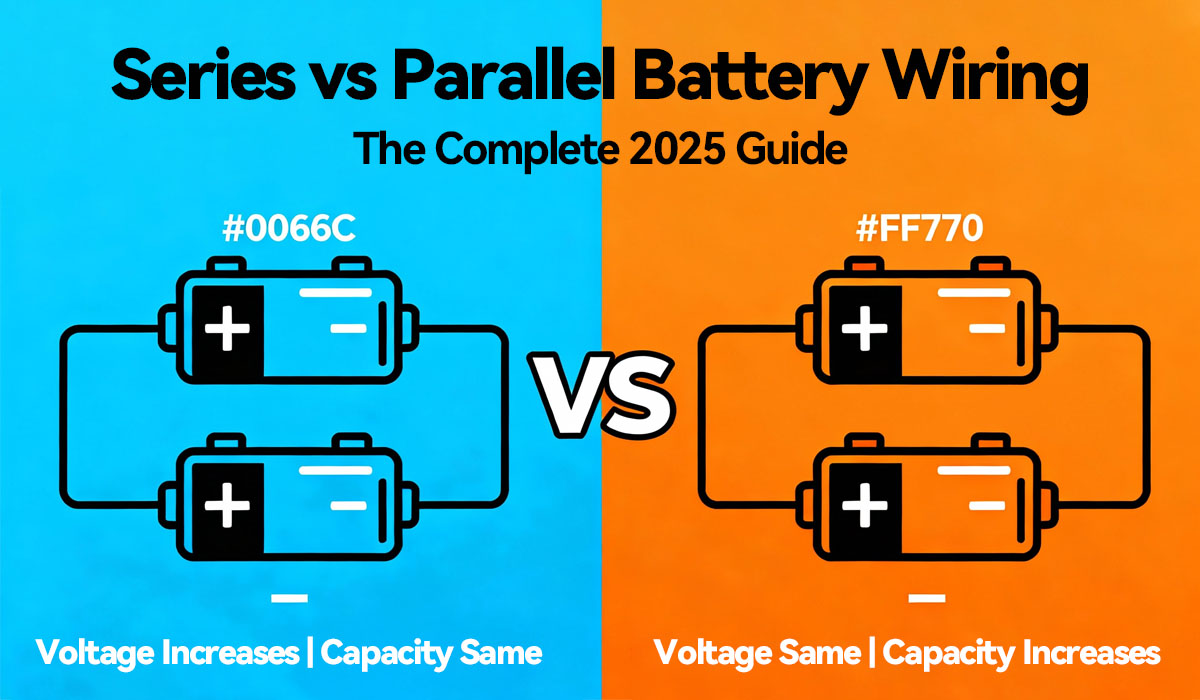Blog
Blog
Clearly Understand Battery C-Rate: A Simple Guide to Battery Discharge Rate
Published by Dawnice, July 5, 2025
Table Of Content
- Clearly Understand Battery C-Rate: The Easy Guide for Everyone
- What Is Battery C-Rate?
- Why Battery C Rate Matters
- How C Rate Impacts Battery Discharge Curve
- What Does 1C Mean in Real Life?
- Is Current the Same on Both Sides of a Battery?
- C Rating and Battery Capacity Unit Explained
- Voltage, Current, and the C Cell Voltage
- Summary: Why C-Rate Is Crucial in Choosing Batteries
- Final Thoughts
Clearly Understand Battery C-Rate: The Easy Guide for Everyone
What Is Battery C-Rate?
Battery C-rate, also called C rating, is a measure of how fast a battery can be charged or discharged relative to its capacity. Think of it like the speed limit of your battery.
For example, a 1C battery means it can discharge its full capacity in one hour. So, if a battery is rated at 10Ah (amp-hours), a 1C rate equals 10A of current. A 2C rate would mean 20A (discharged in 30 minutes), and 0.5C means 5A (discharged in 2 hours).
This concept is vital for battery safety and performance, especially in lithium-ion batteries where accurate discharge control matters.
Why Battery C Rate Matters
The battery c rate directly affects temperature, longevity, and efficiency. If you push a battery beyond its C rating, it may overheat or degrade faster.
-
C rating for batteries tells you the safe limit.
-
High C ratings (like 60C in RC batteries) are built for short bursts of high power.
-
Battery c voltage may drop quickly under high C loads—knowing this prevents surprises.
So, C-rate is not just a number—it’s a real-world performance limit.
How C Rate Impacts Battery Discharge Curve
The battery discharge rate influences the lithium ion discharge curve—a graph that shows voltage drop over time or current.
-
At higher discharge rates, voltage drops faster.
-
Lower C-rates produce a flatter, more stable battery discharge curve.
-
See the battery discharge graph for typical trends based on c battery voltage changes.
Example: At 1C, the voltage c battery graph looks stable. At 5C, it drops more sharply.
What Does 1C Mean in Real Life?
What is 1C? Great question! It simply means the battery’s full capacity can be discharged in 1 hour.
-
A 100Ah battery discharging at 1C = 100A output
-
A 1C battery is the industry standard for balance between performance and longevity
-
Understanding c battery rating helps you size your system right
In contrast, C1 battery or c1 discharge rate means rapid energy delivery—used in drones, RC cars, or heavy tools.
Is Current the Same on Both Sides of a Battery?
This common question—is current the same on both sides of a battery?—helps us visualize C-rate better.
Yes, in a closed circuit, battery current entering and exiting is the same. What changes is voltage and how fast that current flows, defined by the C-rate.
With high c rating battery, current increases, but the system must handle it safely.
C Rating and Battery Capacity Unit Explained
C-rate depends on the battery capacity unit, usually amp-hours (Ah). Multiply C-rate by Ah to get amps of discharge.
Example:
-
Battery: 50Ah
-
Discharge at 2C rate
-
Result: 100A of continuous output
Tip: Always match the c rating of a battery with your system’s load demand.
Voltage, Current, and the C Cell Voltage
When calculating battery behavior:
-
C cell voltage = voltage of each individual cell (usually 3.2V–3.7V for lithium-ion)
-
Total voltage c battery = cell voltage × number of cells
-
Keep voltage stable for better cycle life, especially under high battery c rate
Mismanaging discharge rate of a battery can lead to early failures.
Summary: Why C-Rate Is Crucial in Choosing Batteries
Whether it’s for home energy storage or industrial systems, battery c rate is your key to:
-
Safe operation
-
Long lifespan
-
Predictable performance
-
Cost-effective energy planning
Choose the right c rating battery, check the battery discharge curve, and stay within voltage limits to get the most from your energy system.
Remember: Always consult the spec sheet for battery c rating before installing.
Final Thoughts
Understanding C-rates isn’t just for engineers. Anyone choosing a battery—whether for solar energy, EVs, or backup power—can benefit from knowing how c rate battery performance affects your setup.






